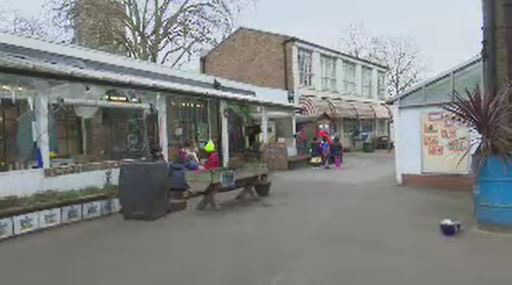1 How do we listen?
We all think we listen, but if we are to listen effectively to children and young people, we may need to adapt or hone our skills in particular ways.
In Session 1, you watched the video clip of the Headteacher talking about the Listening Project at her nursery school. The teachers involved said that as a result of the project they found they had an even deeper understanding of how to listen than they had before. They talked not only of listening, but of ‘attuning’ to the children. What does this mean? How can we adapt our listening skills to maximise our understanding of what is being conveyed?
In this section of the film, you will see the Headteacher, a school governor and teachers talking about their experiences with the Listening Project. As you watch, consider the challenges they faced and how they ‘attuned’ to the voices of the children. Then try the activities that follow which will show you that the listening skills described here are not restricted to communicating with very young children; no matter the age of the child or young person, ‘attuning’ is an essential skill.

Transcript: Video 1
[INTERPOSING VOICES]
[BANGING]
Activity 2
Here is a summary of what you have just been watching about the Listening Project and ‘attunement.’ Some of the words have been missed out: can you select the missing word, and drag it to the appropriate space?
Discussion
The concept of ‘attunement’ developed while the teachers were involved in the Listening Project. It means more than just listening; it means being aware of [body language], and stepping back rather than taking a lead. It’s a way of showing [empathy] for the child you are talking to, and giving them the [opportunity] to express themselves. You [tune in] to their interests and passions and give them an [environment] that makes them feel comfortable. Attunement is a [vital] element in building a relationship and it extends beyond talking with young children; you can [practise] the same [empathetic] approach with the parents and carers too.
The research project you are planning may not involve such young children, but you can still be a skilful listener. What are the key elements of ‘attuning’ that you can employ with children or young people of any age?
Discussion
watch body language; empathise; get onto their wavelength; support them in a way that makes sense to them; use language they understand; open body language; look beyond the confident ones.

